
Culture
17:09, 29-Dec-2017
Pandas around the world
By Wei Yutong
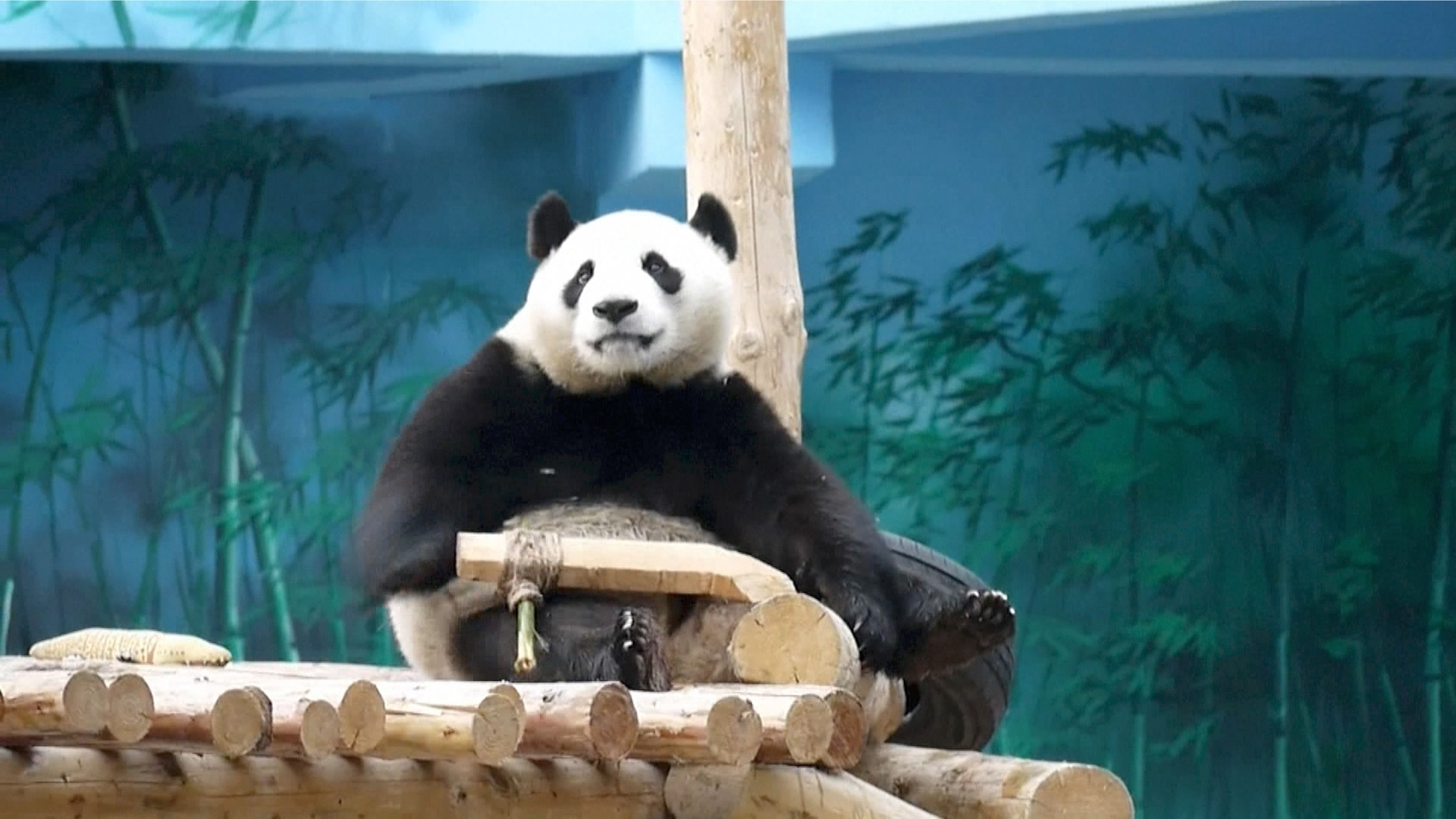
Giant pandas are China's cultural icons and national treasures. Many of them travel abroad as special ambassadors.
Panda diplomacy can be traced back to 685 AD, when Empress Wu Zetian of the Tang dynasty first donated a pair of pandas to the Japanese emperor as a goodwill gesture. And to this day, pandas are still regarded as a token of friendship between China and other nations.
The first gifted panda since the founding in 1949 of the People's Republic of China was to the former Soviet Union in 1957. Panda-giving was suspended for years, but today loans of pandas are coveted by other nations. These peaceful cute creatures with a distinctive black and white coat are adored worldwide. They have been taken care of well by foreign zoos and researchers and many of them give birth abroad.
Xiang Xiang's Webcast
Baby panda Xiang Xiang lives in Ueno Zoological Garden in Tokyo. The healthy female cub was born in the Japanese capital in June to 11-year-old Shin Shin, who arrived from China in February 2011 and went on view soon after the following month’s devastating earthquake.
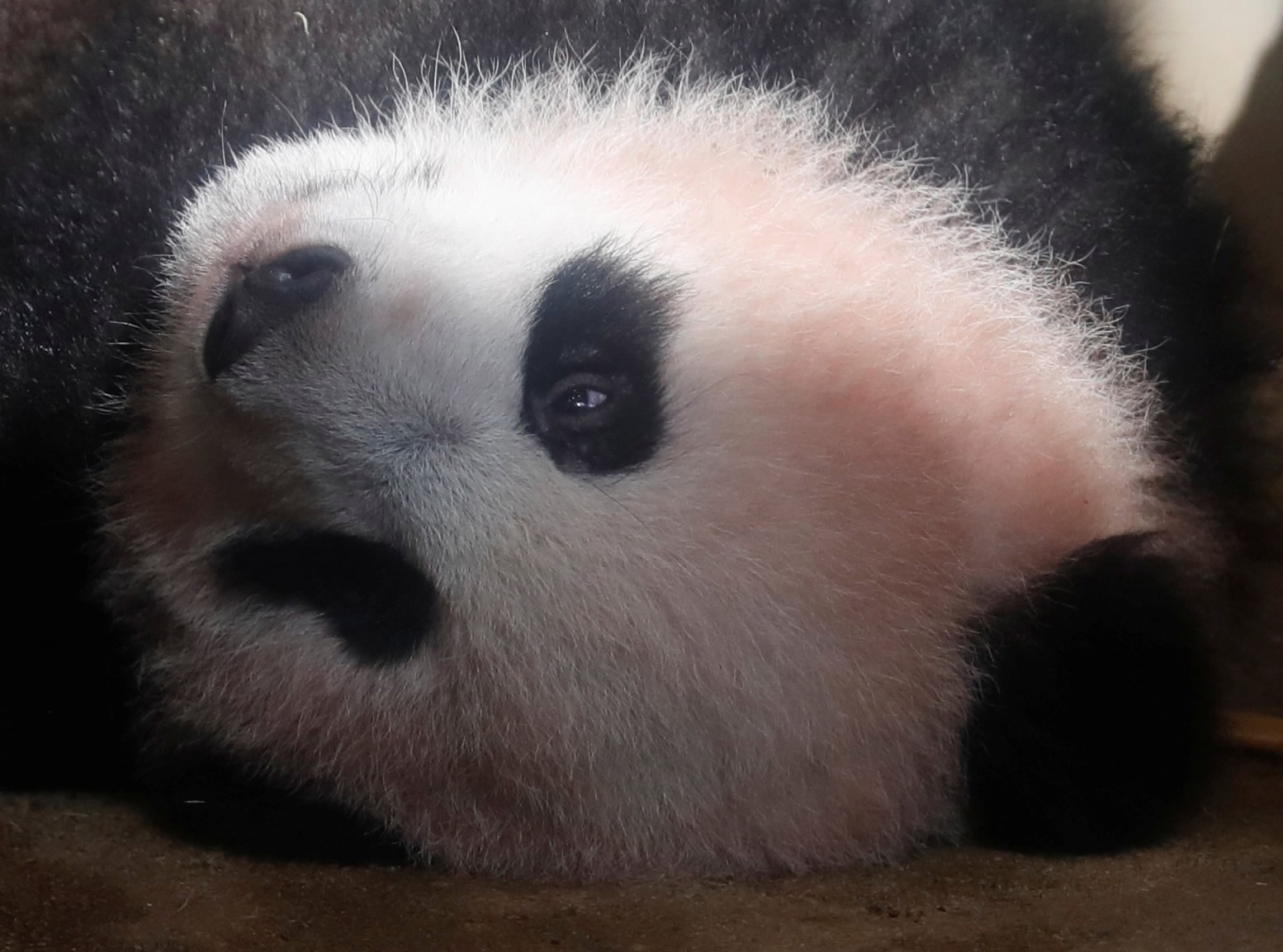
Baby panda Xiang Xiang. /Reuters Photo
Baby panda Xiang Xiang. /Reuters Photo
Xiang Xiang made her public debut on December 19 to widespread delight in Japan. More than 240,000 applications to meet the panda were sent to the zoo between December 19 and 28. However, only a maximum of 2,000 lucky persons per day, drawn from lots, will get the chance. The zoo has since started webcasting the baby panda, attracting more than a million views.
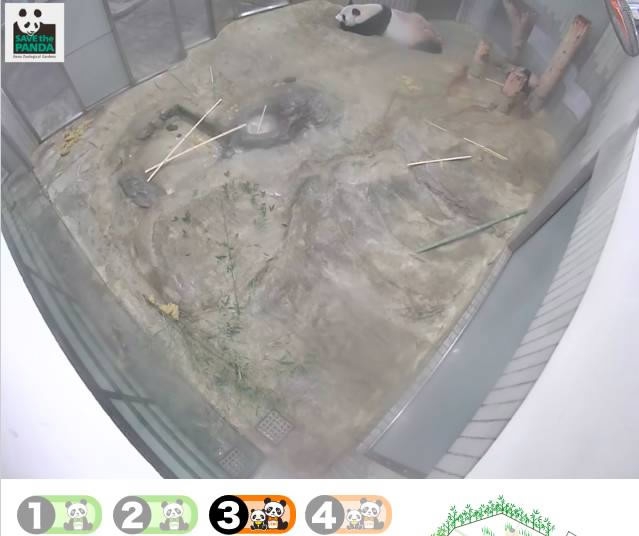
Xiang Xiang's webcast. /Sina Photo
Xiang Xiang's webcast. /Sina Photo
Nuan Nuan's ID
Giant panda Nuan Nuan was born at the National Zoo of Malaysia on August 18, 2015 as the first child of Fu Wa and Feng Yi. They were leased to Malaysia to mark 40 years of diplomatic relations with China.
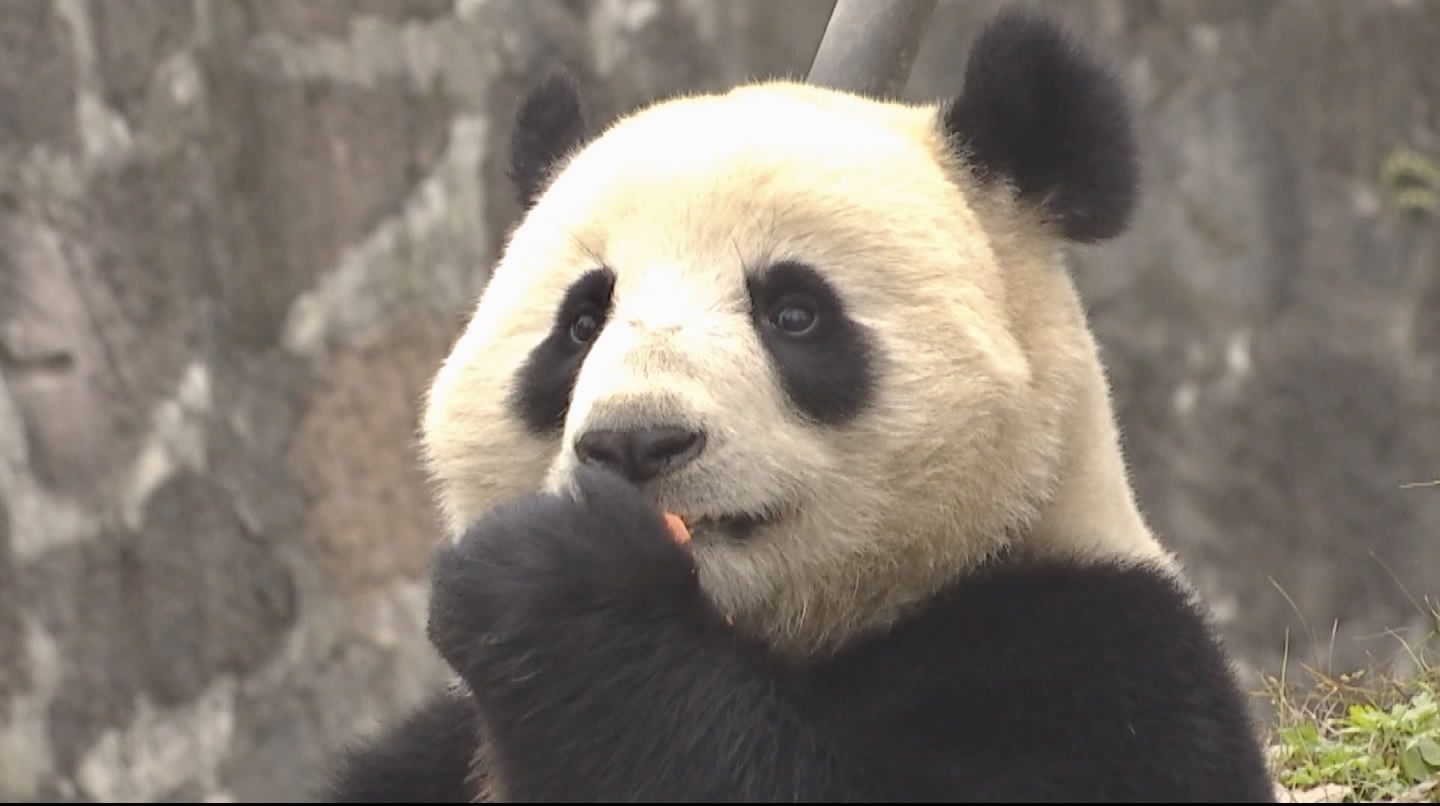
Nuan Nuan eats before the crowd. /CGTN Photo
Nuan Nuan eats before the crowd. /CGTN Photo
Nuan Nuan was brought to China on November 14 at the age of two. China requests that pandas born overseas are sent to their ancestral home before they turn four to help expand the gene pool at the Chinese breeding program.
She finished one-month quarantine and made her public debut in China on December 28. On that day she was also granted her own ID card, which is the first ever for a panda. She has settled in Dujiangyan, southwest China's Sichuan Province, a significant habitat for pandas.
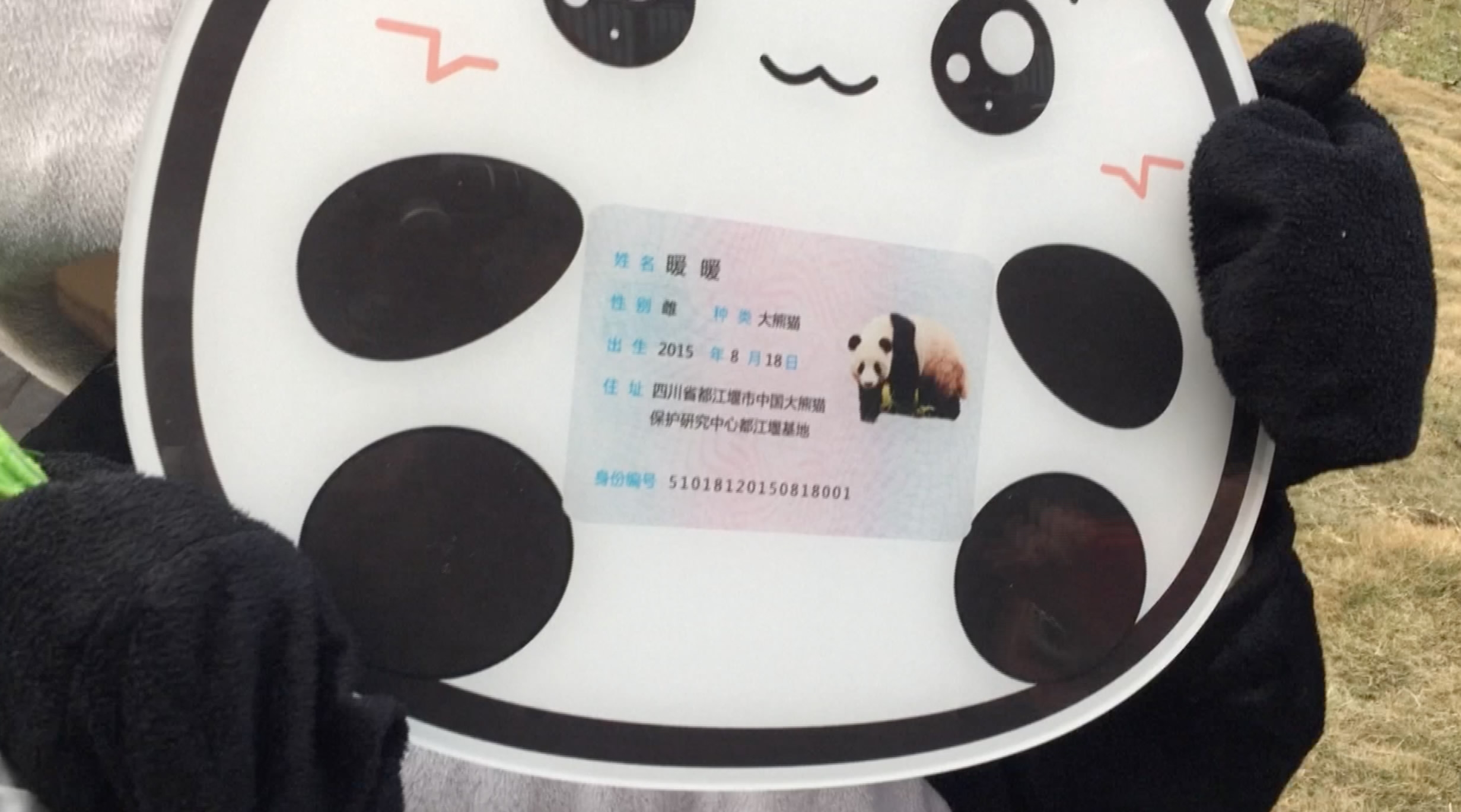
Nuan Nuan's ID card. /CGTN Photo
Nuan Nuan's ID card. /CGTN Photo
Wu Wen and Xing Ya's Palace
Wu Wen and Xing Ya begun their new life in the Netherlands on April 12 as part of a 15-year bilateral scientific research and breeding program. Wu Wen is a reserved female panda and Xing Ya is a vivacious male living at Ouwehands Zoo in the Dutch city of Rhehen.

"Pandasia". /Sina Photo
"Pandasia". /Sina Photo
A panda house called "Pandasia" was built at the zoo before their arrival, designed much like a Chinese traditional palace with a special enclosure covering a total area of 9,000 square meters. Seven million euros has been spent on this magnificent "palace," the opening ceremony for which was held on May 30, the same day as the Chinese Duanwu Festival this year.
Chi Chi's Logo
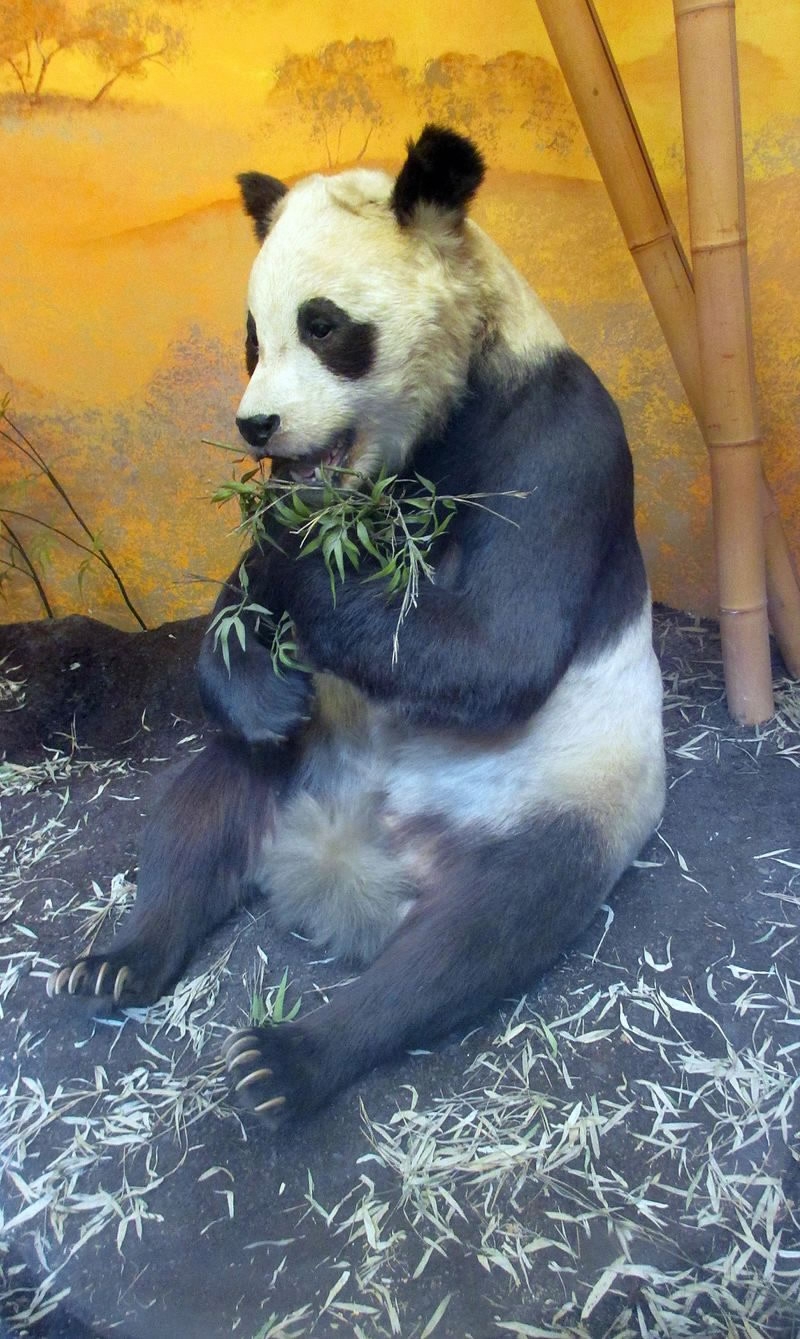
Chi Chi's stuffed remains at the Natural History Museum in London. /Wikipedia Photo
Chi Chi's stuffed remains at the Natural History Museum in London. /Wikipedia Photo
Chi Chi was a famous female panda at London Zoo decades ago. She was caught in May 1955 in Sichuan Province and was bought for London Zoo in September 1958. Chi Chi died on July 22, 1972 and was mourned by the whole British nation. Since that sale deal, the Chinese government has banned the panda trade. Her stuffed remains are exhibited in a glass case at London’s Natural History Museum.

The logo of WWF. /WWF Photo
The logo of WWF. /WWF Photo
Chi Chi also has special significance for World Wildlife Fund (WWF), being the inspiration for its logo when it was founded in 1961.

SITEMAP
Copyright © 2018 CGTN. Beijing ICP prepared NO.16065310-3
Copyright © 2018 CGTN. Beijing ICP prepared NO.16065310-3